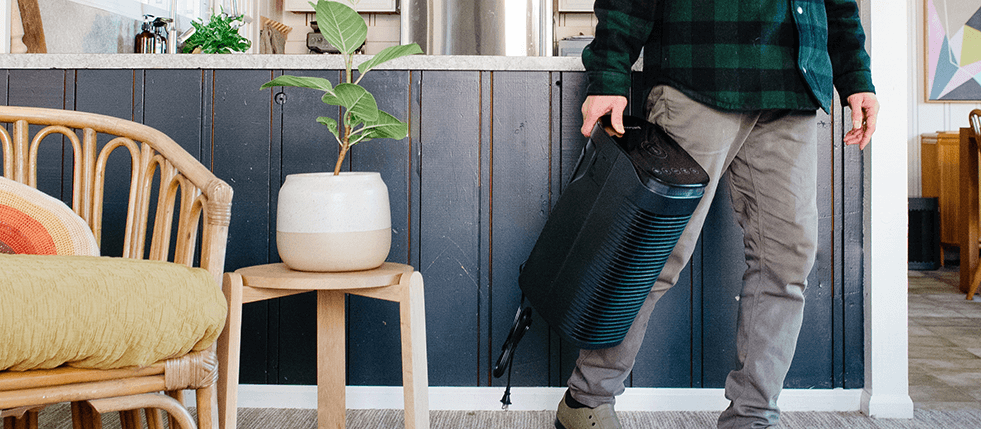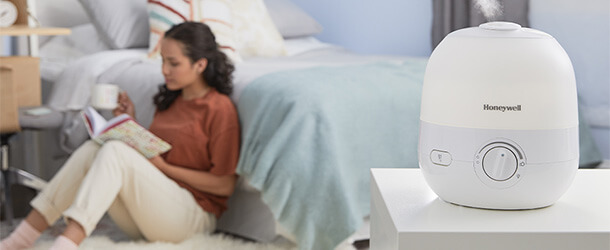Blog
Exploring the Future: The Impact of 2025 Technology Trends on the Best Small Air Purifiers
As we dive into the future of home technology, one area that promises significant advancements is air purification. By 2025, the technology trends shaping our environment are set to redefine how we think about clean air, accessibility, and efficiency.
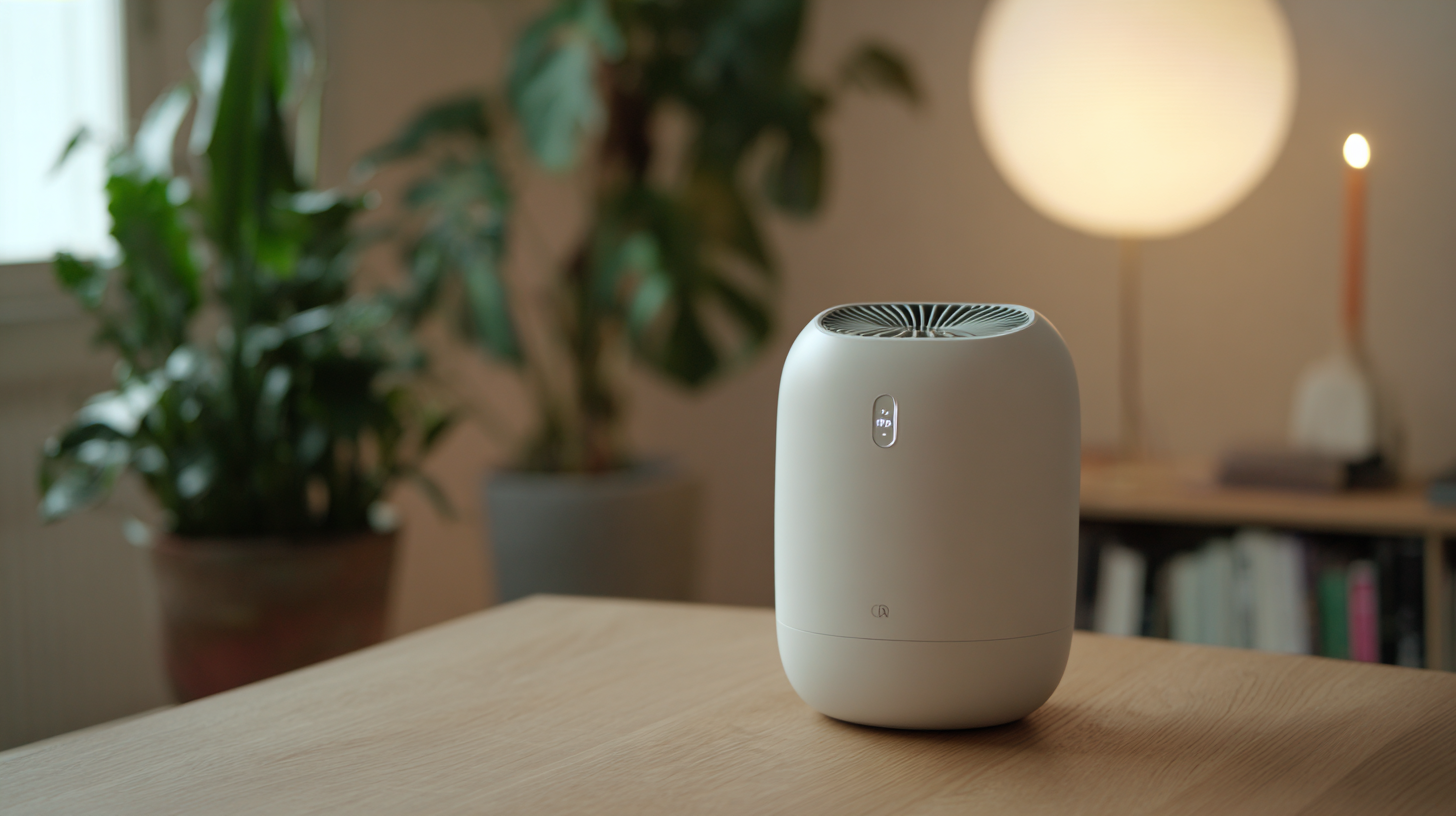
Small air purifiers, which are essential for maintaining a healthy indoor atmosphere, will likely benefit from innovations such as enhanced filtration systems, smart connectivity, and energy-efficient designs. These emerging technologies will not only improve the performance of small air purifiers but also make them more user-friendly and convenient for everyday consumers.
In this blog, we will explore the anticipated technological advancements and their potential impacts on the best small air purifiers available in the market, ensuring that everyone can breathe a little easier as we embrace a cleaner, greener future.
The Rise of Smart Technologies in Small Air Purifiers: What to Expect by 2025
As we approach 2025, the small air purifier market is poised for a significant technological transformation, primarily driven by the rise of smart technologies. According to a recent report by Grand View Research, the global air purifier market size is expected to reach $12.8 billion by 2025, with smart air purifiers being the fastest-growing segment. These devices are increasingly incorporating advanced features such as air quality monitoring, remote control via mobile apps, and integration with smart home systems.
By 2025, consumers can expect small air purifiers equipped with artificial intelligence capabilities, which will allow for personalized air cleaning experiences. These innovations will enable devices to automatically adjust their settings based on real-time air quality data, which is projected to enhance their efficiency by up to 30% compared to traditional models. Moreover, the Wireless Power Consortium has suggested that the adoption of wireless charging technology in these devices will improve convenience, making maintenance easier and more user-friendly for homeowners.
With these advancements, the small air purifier market is not only set to improve indoor air quality but also to offer seamless integration into the smarter homes of the future.
Leveraging AI for Enhanced Air Quality Monitoring in Compact Devices
As we look ahead to 2025, the integration of artificial intelligence (AI) into small air purifiers marks a significant milestone in enhancing indoor air quality. Leveraging AI technology, these compact devices can monitor air quality in real-time, adjusting their filtration strategies to effectively tackle pollutants, allergens, and harmful particles. This intelligent approach not only improves air cleanliness but also optimizes energy efficiency by ensuring that the purifier operates only when necessary.
Tip: When choosing an air purifier, look for models equipped with AI capabilities. These devices typically feature smart sensors that assess air quality and adapt their performance accordingly, providing personalized air purification based on real-time data.
In addition, the future of air purifiers will see advancements in machine learning algorithms that allow for user-friendly interfaces and advanced data analytics. Users will be able to receive insights into their air quality trends over time through intuitive apps, allowing them to make informed decisions about their indoor environment.
Tip: Consider opting for an air purifier that offers a companion app, enabling you to monitor air quality and device performance from your smartphone. This connectivity not only adds convenience but also empowers you to create a healthier home atmosphere.
The Role of Sustainable Materials in the Future of Small Air Purifiers
In the context of 2025 technology trends, the evolution of small air purifiers is increasingly intertwined with the use of sustainable materials. Recent advancements highlight the critical need for incorporating alternative sustainable materials that not only enhance the performance of air purification systems but also minimize environmental impact. For instance, emerging techniques in the recovery and processing of rare earth elements, vital for the efficiency of electronic components in purifiers, are undergoing transformations towards more sustainable methodologies. This shift is crucial as the rare earths industry faces mounting pressure to reduce its carbon footprint, with certain reports indicating that up to 20% of the global rare earth supply chain is committed to low-carbon practices by 2025.
Additionally, innovations in sustainable membranes and photocatalytic materials present significant opportunities for the air purification industry. Researchers are developing green membranes that can effectively eliminate hazardous pollutants while utilizing resource-efficient production processes. The potential applications of photocatalytic cement-based materials for reducing indoor air pollutants represent a promising frontier, enabling small air purifiers to leverage these advanced substances for enhanced purification without compromising on sustainability. As these trends unfold, the market will likely witness a shift towards products that not only focus on efficiency but also prioritize their ecological footprint, shaping a more sustainable future for air quality solutions.
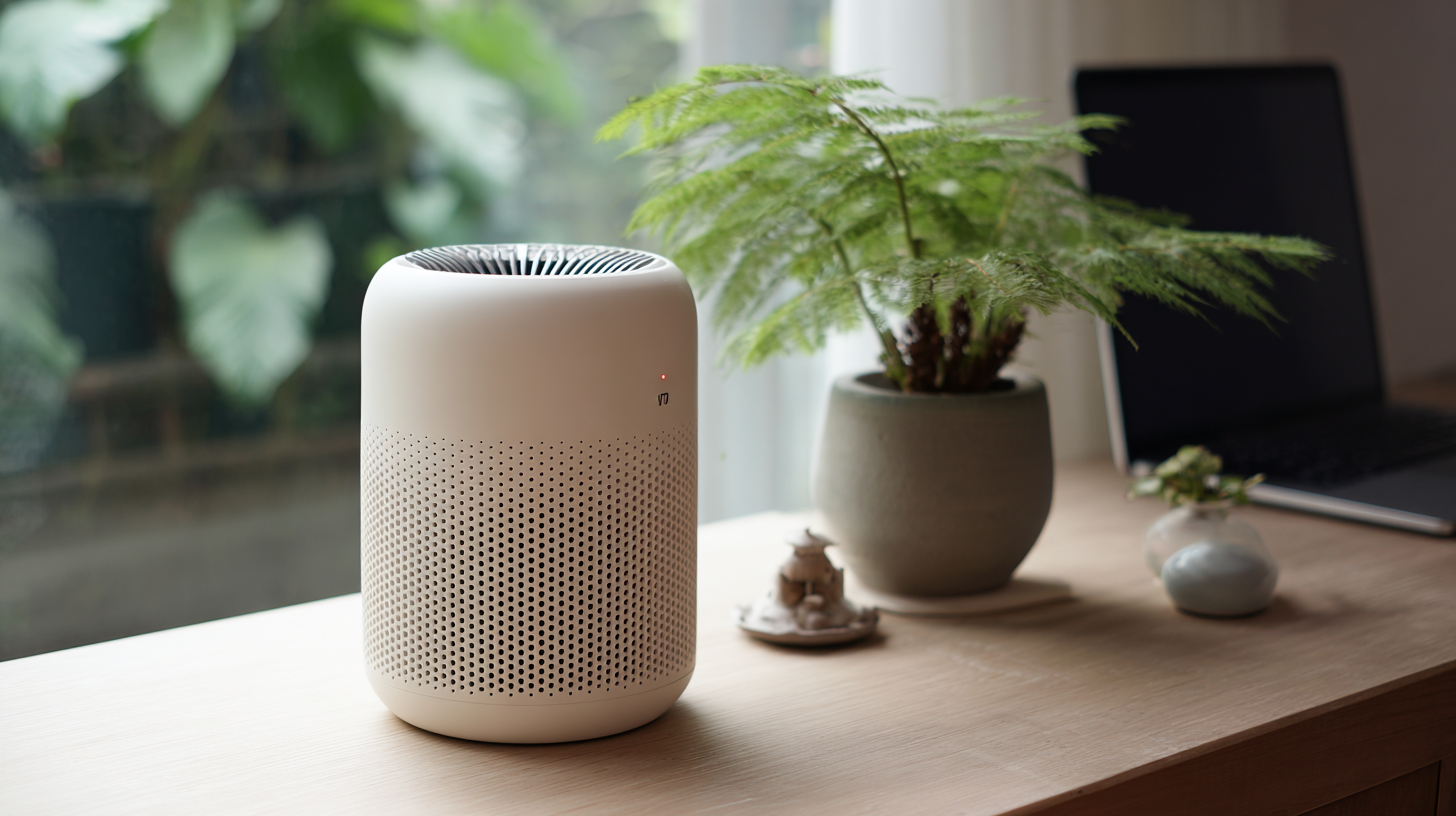
Integrating IoT Capabilities for Seamless Operation and Control
The future of small air purifiers is being reshaped by the integration of Internet of Things (IoT) capabilities, setting the stage for a seamless operation and control experience. With IoT features, users can monitor air quality in real-time through smartphone apps, allowing for a proactive approach to maintaining a healthy environment. Smart sensors will detect pollutants and allergens, automatically adjusting the purifier’s settings to optimize performance. This convenience not only enhances user engagement but also significantly improves air quality management in homes and offices.
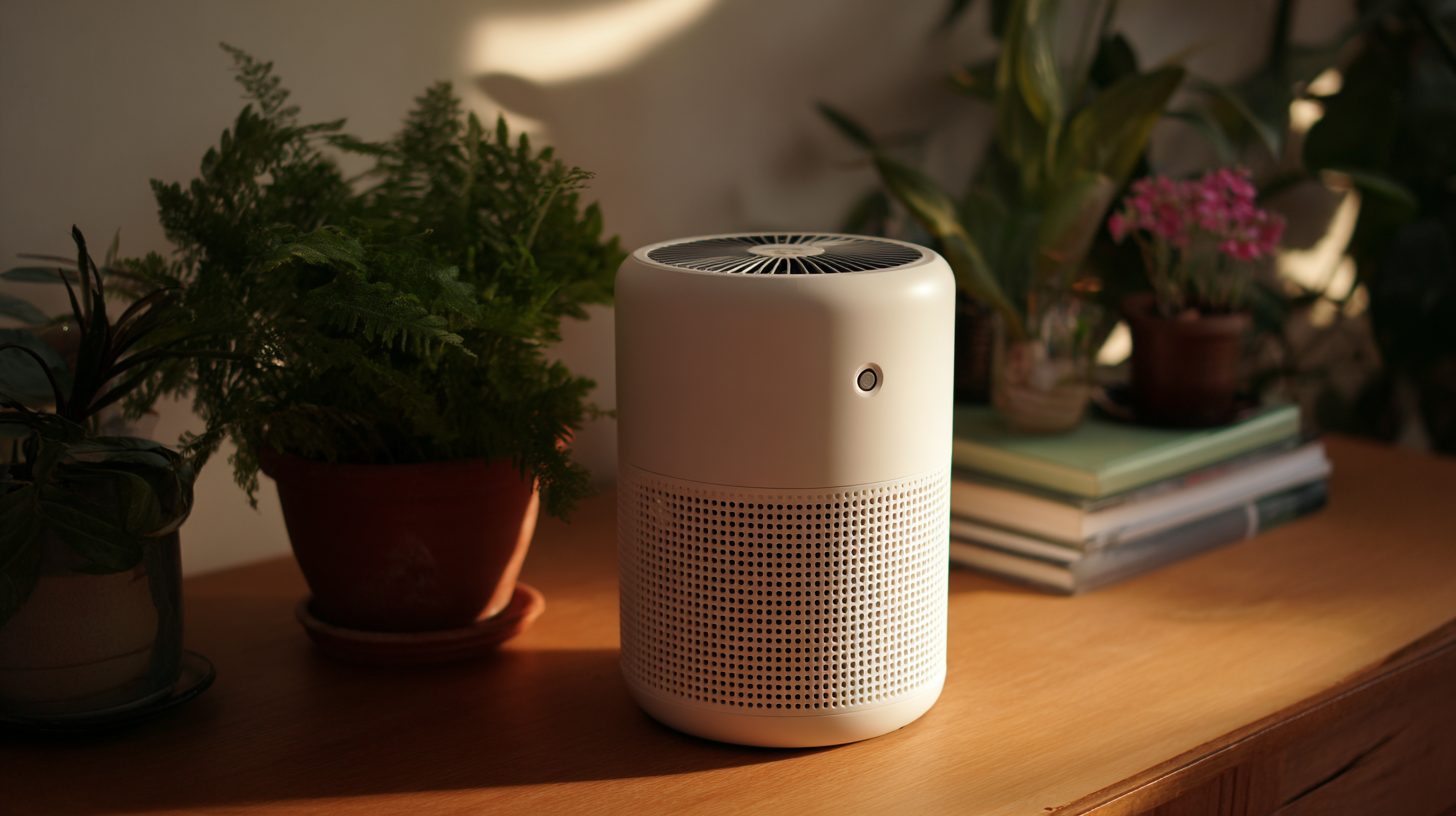
Moreover, the interconnected nature of IoT devices allows for greater compatibility with smart home systems. Users can easily integrate air purifiers with other devices, such as smart thermostats and lighting systems, through voice-activated assistants. This means purifiers can be programmed to activate or deactivate based on various user-defined conditions, such as when someone enters a room or when air quality drops below a certain threshold. As we move towards 2025, this level of integration promises to redefine how we experience clean air, turning everyday appliances into intelligent partners in our well-being.
Upcoming Trends in User-Friendly Designs for Compact Air Purification Solutions
As we approach 2025, the landscape of air purification technology is set to undergo significant transformations, especially with a focus on user-friendly designs for compact solutions. Manufacturers are increasingly prioritizing aesthetics and ease of use, aiming to integrate air purifiers seamlessly into modern living spaces. Sleeker profiles, intuitive controls, and smart features will not only enhance functionality but will also appeal to consumers looking for both practicality and style in their home environments.
One effective tip for making the most of these compact air purifiers is to consider placement. Positioning your air purifier in areas where you spend the most time, such as living rooms or bedrooms, can significantly improve air quality. Additionally, ensure that the unit has enough space around it for air circulation. Another important tip is to regularly replace filters according to the manufacturer's instructions. This simple maintenance step can enhance the performance of your device, keeping it efficient and prolonging its lifespan.
Moreover, with advances in technology, expect to see innovations like voice activation and app control, making it easier than ever to manage your air quality remotely. As these trends continue to evolve, staying informed about the latest features will help you choose the best small air purifier that suits your lifestyle and meets your air quality needs effectively.
Exploring the Future: The Impact of 2025 Technology Trends on the Best Small Air Purifiers
| Feature | 2025 Trend | Impact on Design | User Benefits |
|---|---|---|---|
| Smart Connectivity | Integration with IoT | Compact devices with app control | Remote monitoring and control |
| Energy Efficiency | Sustainable designs | Use of low-energy filters | Lower energy bills and eco-friendliness |
| Advanced Filtration | HEPA and beyond | Multi-stage filtration systems | Improved air quality and allergen removal |
| Aesthetic Design | Minimalist and sleek | Compact and stylish casing | Seamless integration into home décor |
| User-Centric Interface | Touch and voice control | Intuitive user experience | Ease of use for all ages |
| Portability | Lightweight materials | Compact, easy-to-move devices | Versatility in placement |





